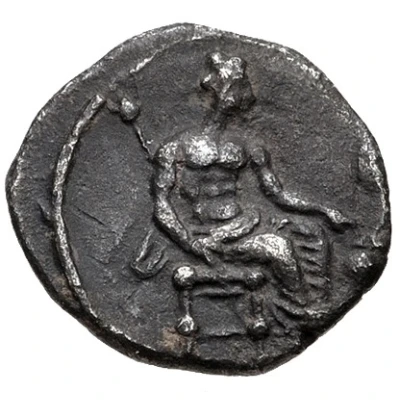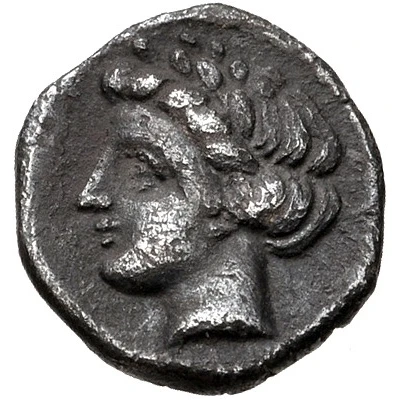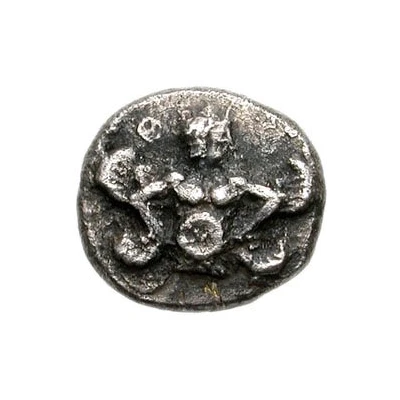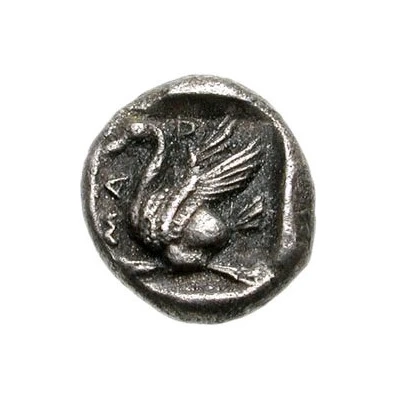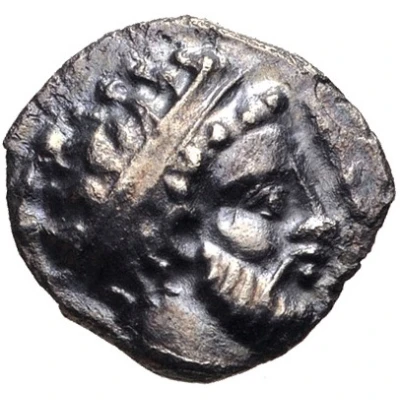
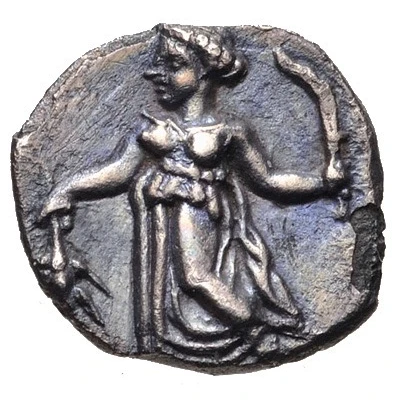

© Classical Numismatic Group, Inc.
Obol 325 BC - 300 BC
| Silver | 0.57 g | 10.0 mm |
| Issuer | Mallos (Cilicia) |
|---|---|
| Type | Standard circulation coin |
| Years | 325 BC - 300 BC |
| Value | Obol (⅙) |
| Currency | Drachm |
| Composition | Silver |
| Weight | 0.57 g |
| Diameter | 10.0 mm |
| Shape | Round (irregular) |
| Technique | Hammered |
| Orientation | Variable alignment ↺ |
| Demonetized | Yes |
| Updated | 2024-10-09 |
| Numista | N#177217 |
|---|---|
| Rarity index | 100% |
Reverse
Demeter advancing left, holding grain ear and flaming torch
Interesting fact
The Obol coin from Mallos (Cilicia) was used as a form of currency in the ancient Greek city of Mallos, which was located in the region of Cilicia in modern-day Turkey. The coin features an image of a lion's head on one side and an inscription on the other side that reads "MALLOS". The use of lion imagery on coins was a common practice in ancient Greece, as the lion was seen as a symbol of strength and power. This coin is a rare example of a silver Obol coin from this region and time period, and it provides valuable insight into the economic and cultural practices of ancient Mallos.
